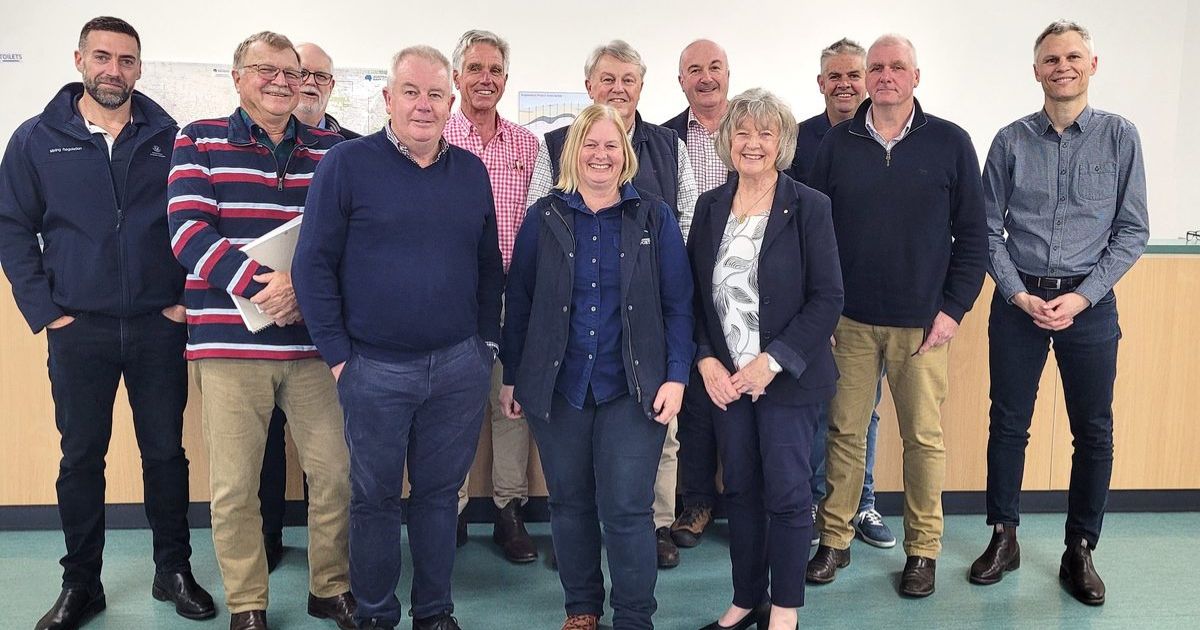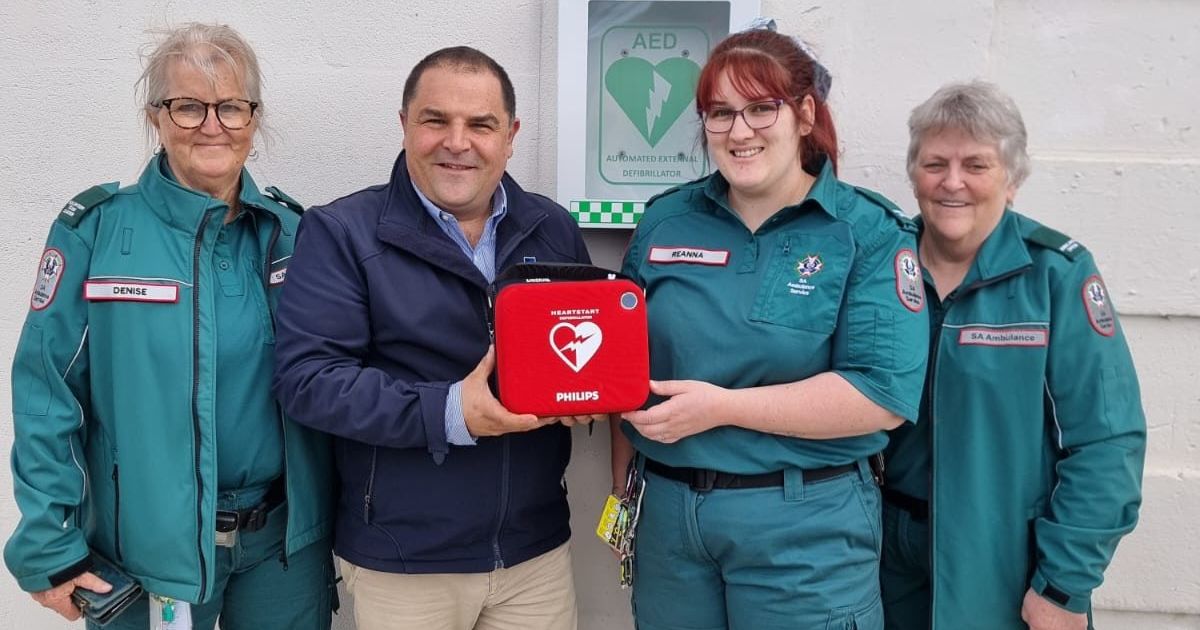Alcohol use in focus
Plenty on the agenda for Limestone Coast group
More than half of the Year 10 students involved in club or team sport have being drunk in the past 30 days. That is just one of the alarming data points that came out of a 2021 survey of 15 year olds across the Limestone Coast in all seven council areas.
The survey was facilitated by Substance Misuse Limestone Coast (SMLC) with a second survey due in Term 3 this year and while the results have been shared with key stakeholders across the region, SMLC project officer Sophie Bourchier said the next step, proposed to be launched in the lead up to the 2023 winter sports season kicking off, was a targeted campaign to redress that and other alcohol use statistics revealed by the survey.
“We need to de-normalise the use of alcohol for young people – it interferes with their sport, their learning, their social life and they are more likely to be victims of crime,” Ms Bourchier said.
“It (drinking alcohol) is not necessary and they’ve got a whole lot of living to do yet.” The survey is part of the SMLC’s coordination of the Planet Youth pilot project looking at lifestyle factors, drug and alcohol, attitudes to school and a whole suite of other youth focussed topic and the surveys are conducted in exam like conditions.
“It gives us the most honest answers, they are not talking about it with their friends and filling in a survey together,” Ms Bourchier said.
“The bottom line is the alcohol use among 15 years olds is alarming.
“We know that caregivers, parents and significant adults in young people’s lives are supplying alcohol to our teenage population. “The message we need to get through is that there is no evidence to support the view that drinking at home with parents or adults will stop problems with alcohol in life, no evidence – in fact it does the opposite and progresses binge drinking.
“There are no safe levels of alcohol in young people whose brains are still developing.” This issue alone will keep Ms Bourchier on her toes and comes on the heels of setting up a main street presence in Mount Gambier to keep their branding front of mine so people take advantage of their services.
She said the prominent main street frontage was a visual reminder of the important work the organisation does throughout the Limestone Coast region. “We want people to know what SMLC stands for and also, be aware of our good work in the local community,” she said. “We are not open to the public, however we do provide information about alcohol and other drug (AOD) local services available in our region. We hold meetings with other agencies at the new office and there is emergency assistance information on the door.”
SMLC works with frontline workers and enables them to set up their own networks to support each other, as well as providing family and loved one support and education for people dealing with someone battling a drug or alcohol misuse issue.
“There is still so much shame associated with being close to someone tackling these issues and they desperately need somewhere they feel comfortable and not judged to reach out and get some help,” Ms Bourchier said. Planning will also soon commence for the return of the successful Limestone Coast Alcohol and Other Drug Regional Summit, which was first held in 2021 and was attended by 45 frontline workers.
Ms Bourchier said many of the original summit attendees had indicated it should be a regular event and 2023 looks set to host the second of these informative summits.
“We received so much good feedback from that first event and much of what we learned, we have incorporated into SMLC’s future planning around workforce training,” she said.
“I expect the next summit will also raise some gaps and/or issues which SMLC can proactively work with local organisations and politicians to get funding for.” It was, in fact, the 2021 summit that raised the need to campaign for Alcohol and Drug detoxification beds and work is now underway to ensure the two promised beds will open, sooner rather than later, at the Mount Gambier and Districts Hospital, following that election commitment made by the Labor Government.
Ms Bourchier said the opening of the beds would be a “gamechanger” for people requiring medically managed detoxification in the Limestone Coast.
“Detox beds are most often used for detoxification for alcohol, cannabis and gammahydroxybutyrate (GHB), but alcohol is by far the most common drug where medically managed detoxification is needed,” she said. “Currently, people needing this service have to travel to Adelaide and local people should not have to travel 500 kilometres to access a medical service. That is why we need local detox beds.”
SMLC is also a key advocacy body to take the needs of this community to the halls of power, garnering funding and ensuring the needs of the Limestone Coast are always front of mind of our Federal and State representatives, as well as the decision makers in Adelaide. This week, a field trip for the SMLC board to Warrnambool, will provide further food for thought as Ms Bourchier showcases the Western Region Drug & Alcohol Centre (WRAD) to show just what can be put in place to provide community based options.
“The WRAD facility is a great example of a holistic alcohol and other drug service model working for a regional community,” Ms Bourchier said. “We will be there to listen and learn but above all, ask questions about how this model could potentially work for Mount Gambier and the Limestone Coast.”



















